Home>Garden Essentials>Garden Storage>Sensory Garden Ideas: Create A Garden For All Five Senses
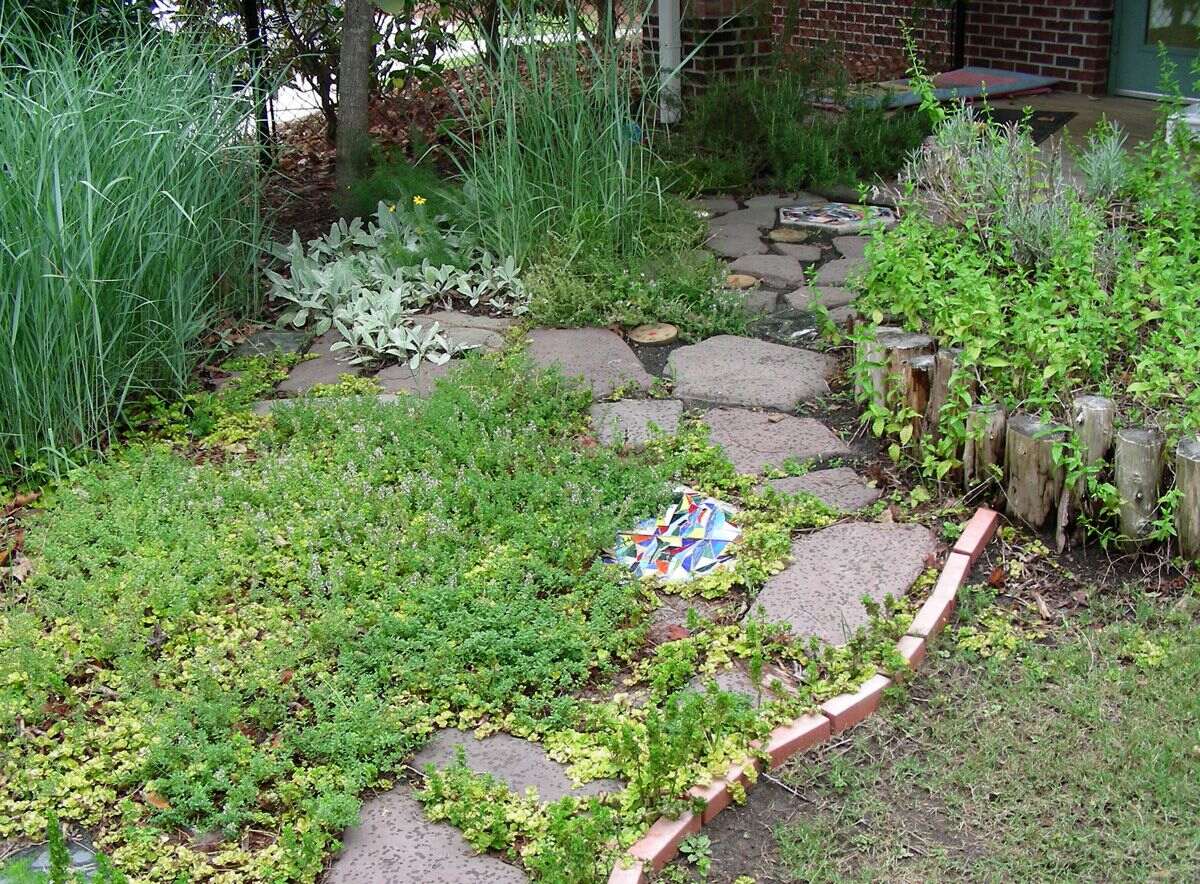

Garden Storage
Sensory Garden Ideas: Create A Garden For All Five Senses
Modified: January 15, 2024
Get inspired by these sensory garden ideas and learn how to create a stunning garden that engages all five senses. Enhance your outdoor space with clever storage solutions.
(Many of the links in this article redirect to a specific reviewed product. Your purchase of these products through affiliate links helps to generate commission for Storables.com, at no extra cost. Learn more)
Introduction
A sensory garden is a space designed to stimulate and engage all five senses – sight, hearing, smell, taste, and touch. It provides a unique and interactive experience for individuals of all ages and abilities, allowing them to connect with nature in a more holistic and immersive way.
Creating a sensory garden can be a rewarding and fulfilling project, whether you have a small backyard, a community space, or a larger garden area. The purpose of a sensory garden is to awaken the senses and promote relaxation, well-being, and sensory exploration.
In this article, we will explore different ideas and elements that can be incorporated into a sensory garden to create a truly multi-sensory experience. From vibrant colors and textures to soothing sounds and fragrances, we will delve into the ways in which each sense can be engaged within the garden space.
So, whether you’re a gardening enthusiast looking to revitalize your outdoor space, a school or community organization wanting to create a sensory garden for educational purposes, or simply someone who wants to reconnect with nature on a deeper level, read on to discover a variety of sensory garden ideas that will inspire and delight.
Key Takeaways:
- Engage all five senses in your garden with vibrant colors, soothing sounds, delightful aromas, edible elements, and tactile experiences to create a truly immersive and therapeutic sensory environment.
- Design a harmonious and accessible sensory garden that caters to diverse preferences and abilities, providing a multi-sensory experience that delights and captivates visitors of all ages and backgrounds.
Sight
When it comes to creating a sensory garden, sight plays a crucial role. Incorporating visually stimulating elements can enhance the overall experience and captivate the senses. Here are some ideas to make your garden visually appealing:
- Colors: Choose a variety of plants with vibrant and contrasting colors to create visual interest. Consider using flowers, foliage, and even ornamental sculptures or artwork to add pops of color throughout the garden.
- Texture: Incorporate a mix of plants with different textures, such as fuzzy leaves, spiky succulents, or smooth bark. This not only provides visual interest but also adds a tactile element when touched.
- Height and Depth: Use plants of varying heights to create depth and dimension in your garden. Layer plants in different heights and consider adding trellises or vertical structures to provide vertical interest.
- Pathways and Borders: Install meandering pathways or borders made from beautiful materials like stone, gravel, or wood. This not only adds structure to the garden but also guides visitors through the space, creating a sense of discovery.
- Water Features: Incorporate a water fountain, a small pond, or a flowing stream in your sensory garden. The sight and sound of water can create a tranquil and visually soothing atmosphere.
- Seasonal Interest: Choose plants that offer visual appeal throughout the year, considering their seasonal blooms and foliage changes. This ensures that your garden remains visually captivating regardless of the time of year.
Remember to consider the overall design and layout of your sensory garden. Whether you prefer a formal, symmetrical design or a more free-flowing and naturalistic approach, the key is to create a visually engaging space that offers surprises and delights at every turn.
Hearing
In a sensory garden, the sense of hearing can be awakened and engaged through the inclusion of various sounds and auditory stimuli. Here are some ideas to incorporate sounds into your sensory garden:
- Wind Chimes: Hang wind chimes in different areas of the garden. The gentle tinkling sound created by the wind passing through the chimes can be soothing and create a calming atmosphere.
- Water Features: As mentioned earlier, water features not only provide visual appeal but also offer auditory stimulation. The sound of flowing water, whether from a fountain or a small waterfall, can have a relaxing and therapeutic effect.
- Bird Feeders: Install bird feeders in your garden to attract a variety of bird species. The melodious chirping and singing of birds can create a peaceful and natural ambiance.
- Rustling Leaves: Incorporate plants with large leaves or sturdy grasses that create a rustling sound when touched by the wind. This adds a gentle and soothing background noise to the garden.
- Outdoor Speakers: If you have the means and desire, you can discreetly install outdoor speakers strategically placed throughout the garden. This allows you to play calming instrumental music or nature sounds, further enhancing the sensory experience.
When designing your sensory garden, consider the balance between the sounds of nature and human-made elements. The goal is to create a harmonious soundscape that immerses visitors in a serene and tranquil environment.
It’s important to note that not everyone may have the same auditory preferences or sensitivities, so it’s advisable to keep the sound levels at a comfortable and enjoyable level for all visitors.
By incorporating these auditory elements into your sensory garden, you can create an immersive environment that not only pleases the ears but also provides a sense of calm and relaxation.
Smell
Smell is a powerful sense that has the ability to evoke memories, create emotions, and enhance the overall sensory experience in a garden. Here are some ideas to incorporate pleasing aromas into your sensory garden:
- Fragrant Flowers: Choose flowers with delightful scents, such as roses, jasmine, lavender, or sweet peas. Plant them strategically so that their fragrances can be enjoyed as visitors walk through the garden.
- Herb Garden: Create a dedicated area for herbs that release enticing scents when touched or brushed against. Herbs like rosemary, mint, thyme, and basil not only offer aromatic pleasure but can also be used in cooking.
- Citrus Trees: Plant citrus trees such as lemon, orange, or grapefruit, which produce refreshing and invigorating scents when their blooms or fruits are present.
- Perfumed Shrubs: Include perfumed shrubs like lilac, honeysuckle, or mock orange, which emit sweet and captivating scents, particularly during their blooming season.
- Scented Pathways: Line your garden pathways with aromatic plants like thyme, chamomile, or scented geraniums. As visitors walk through the garden, the released fragrances will enhance their sensory experience.
- Herbal Tea Garden: Create a designated area for growing herbs specifically for making herbal teas. This allows visitors to pluck and smell different herbs, immersing themselves in a variety of delightful aromas.
When designing your sensory garden, consider the placement of fragrant elements. Grouping plants with similar scents together can create concentrated pockets of aroma, while dispersing them throughout the garden can provide a more subtle and varied fragrance experience.
Also, keep in mind that different scents can have different effects on individuals. Some scents may be calming and relaxing, while others may energize and invigorate. Finding the right balance and combination of scents will create a sensory garden that appeals to a wide range of preferences.
By incorporating these aromatic elements into your sensory garden, you can create a space that not only visually engages and soothes but also envelops visitors in a symphony of delightful scents.
When planning a sensory garden, consider incorporating plants with different textures, scents, colors, and tastes to engage all five senses. Additionally, include features like wind chimes, water features, and tactile pathways to enhance the sensory experience.
Taste
While taste might not be the most conventional sense to cater to in a garden, there are still ways to incorporate edible elements that can be savored and enjoyed. Here are some ideas to engage the sense of taste in your sensory garden:
- Edible Plants: Include a variety of edible plants that can be sampled as visitors explore the garden. Consider planting herbs like basil, mint, and parsley for a burst of freshness.
- Vegetable Garden: Dedicate a section of your garden to growing vegetables like tomatoes, peppers, and lettuce. Visitors can enjoy the experience of picking and tasting fresh produce.
- Fruit Trees: Plant fruit trees such as apple, pear, or cherry, which can provide delicious fruits to be enjoyed when in season.
- Edible Flowers: Explore the world of edible flowers like nasturtiums, pansies, or violets. These beautiful blooms can add a touch of color and a unique flavor to salads or desserts.
- Herb Tea Garden: As mentioned earlier, herbs can provide delightful aromas, but they can also be infused into teas. Create a designated area specifically for growing a variety of herbs for herbal teas.
- Tasting Stations: Set up tasting stations where visitors can sample different herbs, fruits, or edible flowers. Provide information and recipes to inspire them to incorporate these fresh ingredients into their own cooking.
When growing edible elements in your sensory garden, it’s essential to consider factors such as soil quality, sunlight exposure, and proper watering techniques. Additionally, ensure that any plants you choose to include are safe for consumption and have not been treated with harmful chemicals.
A sensory garden that engages the sense of taste allows visitors to truly experience the bounties of nature. In addition to the visual and olfactory pleasures, incorporating edible elements adds a delicious and interactive element to the garden experience.
Touch
The sense of touch is an essential aspect of a sensory garden, providing tactile experiences that stimulate and engage visitors. Here are some ideas to incorporate different textures and surfaces into your sensory garden:
- Soft and Fuzzy Plants: Integrate plants with soft, velvety, or fuzzy leaves, such as lamb’s ear or velvety sage. These plants invite visitors to touch and feel their unique textures.
- Textured Pathways: Use a combination of materials for your garden pathways, such as smooth stones, rough gravel, or even wooden stepping stones. This adds variety and different tactile sensations underfoot.
- Water Features: Consider incorporating a small pond or fountain that visitors can interact with. Running their fingers through the water or feeling the coolness of a smooth stone can be delightfully sensory experiences.
- Different Leaf Surfaces: Include plants with leaves of varying textures, such as rough and ridged leaves or smooth and glossy surfaces. Visitors can explore the different sensations by gently brushing their fingertips along the leaves.
- Textured Sculptures or Ornaments: Place tactile elements like sculptures, textured pottery, or decorative objects throughout the garden. These provide opportunities for exploration and touch.
- Vertical Plantings: Incorporate climbing vines or trailing plants that create cascades of foliage, allowing visitors to touch the leaves as they walk by.
It’s important to consider the accessibility of your sensory garden to individuals with varying physical abilities. Ensure that pathways are wide enough to accommodate wheelchair users and that the plants and elements are within reach for everyone to engage with comfortably.
Encouraging visitors to touch, feel, and interact with the elements in your sensory garden not only provides a truly immersive experience but also helps foster a deeper connection with nature.
By incorporating a variety of textures and surfaces into your garden, you can create a sensory-rich environment that offers a tactile journey for visitors to explore and enjoy.
Conclusion
Creating a sensory garden is a wonderful way to engage the senses, connect with nature, and provide a therapeutic and immersive experience for all who visit. By incorporating elements that stimulate sight, hearing, smell, taste, and touch, you can create a truly multi-sensory environment that delights and captivates.
When designing your sensory garden, consider the preferences and needs of your intended audience. Whether it’s a space for personal enjoyment, educational purposes, or a community gathering spot, tailoring the elements to cater to the interests and abilities of visitors is key.
Remember to strike a balance between providing sensory stimulation and creating a harmonious and cohesive garden design. You want the various elements to work together in creating an inviting and aesthetically pleasing space.
Ensuring accessibility is also crucial. Make sure that your sensory garden is designed to accommodate individuals with varying physical abilities, providing easy access and opportunities for engagement for all.
Lastly, don’t forget to maintain and care for your sensory garden regularly. Prune plants, keep pathways clean and clear, and address any potential safety concerns. A well-maintained garden will continue to provide joy and sensory experiences for years to come.
Whether you’re seeking relaxation, inspiration, educational opportunities, or simply a deeper connection with nature, a sensory garden can provide it all. So, roll up your sleeves, get creative, and embark on the journey of creating a sensory garden that will engage, stimulate, and delight all five senses.
Frequently Asked Questions about Sensory Garden Ideas: Create A Garden For All Five Senses
Was this page helpful?
At Storables.com, we guarantee accurate and reliable information. Our content, validated by Expert Board Contributors, is crafted following stringent Editorial Policies. We're committed to providing you with well-researched, expert-backed insights for all your informational needs.
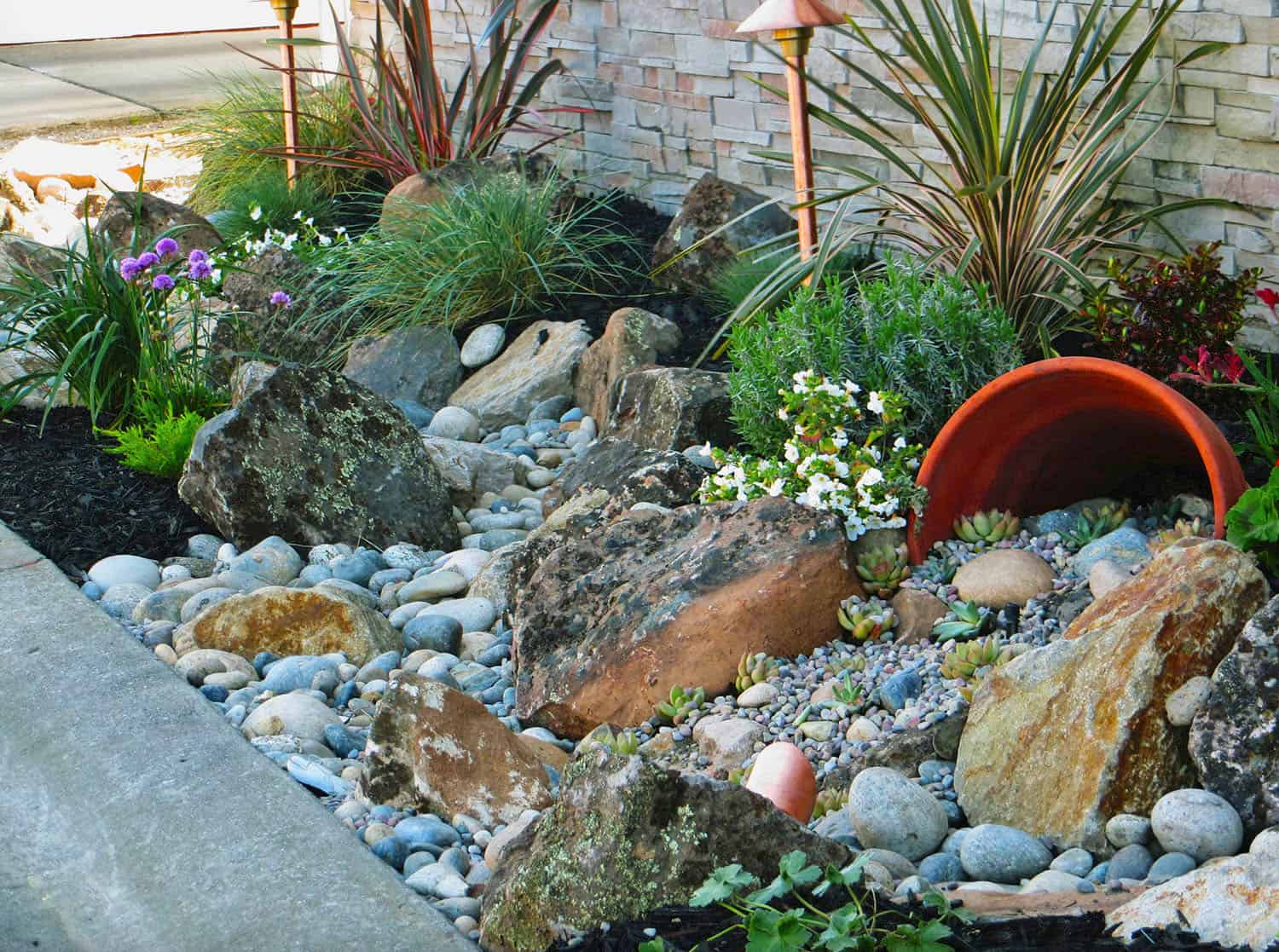

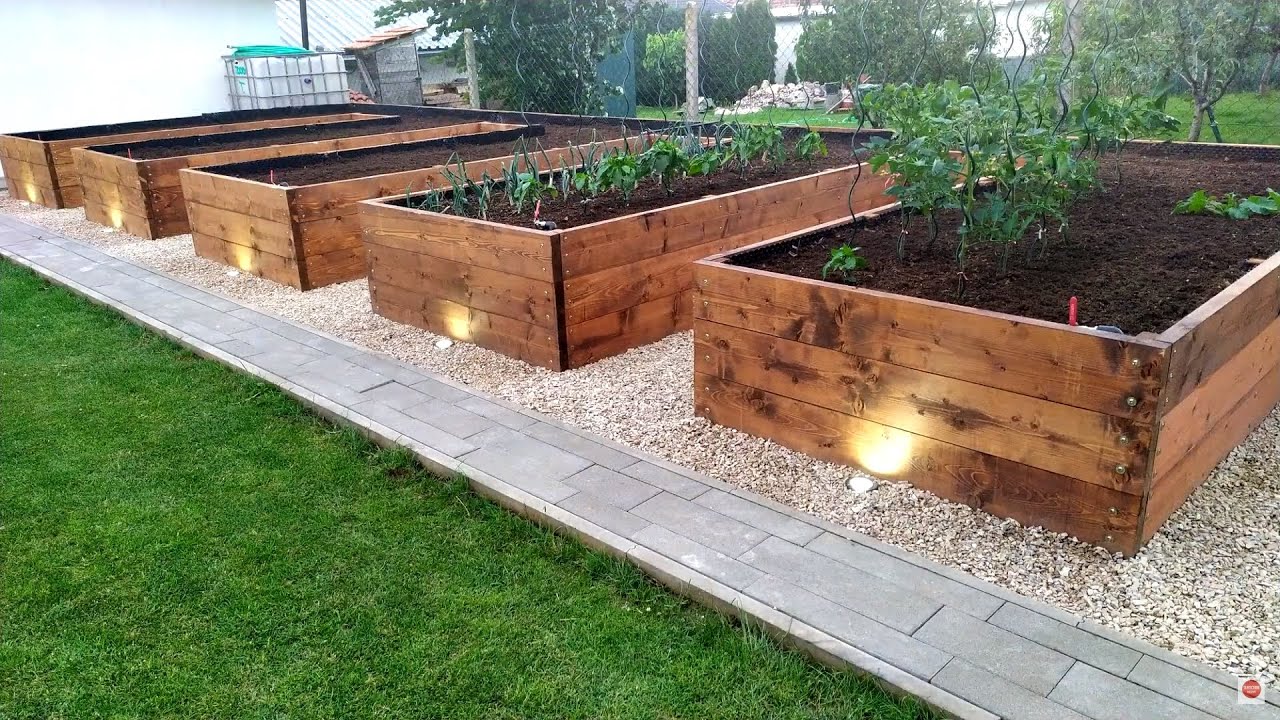
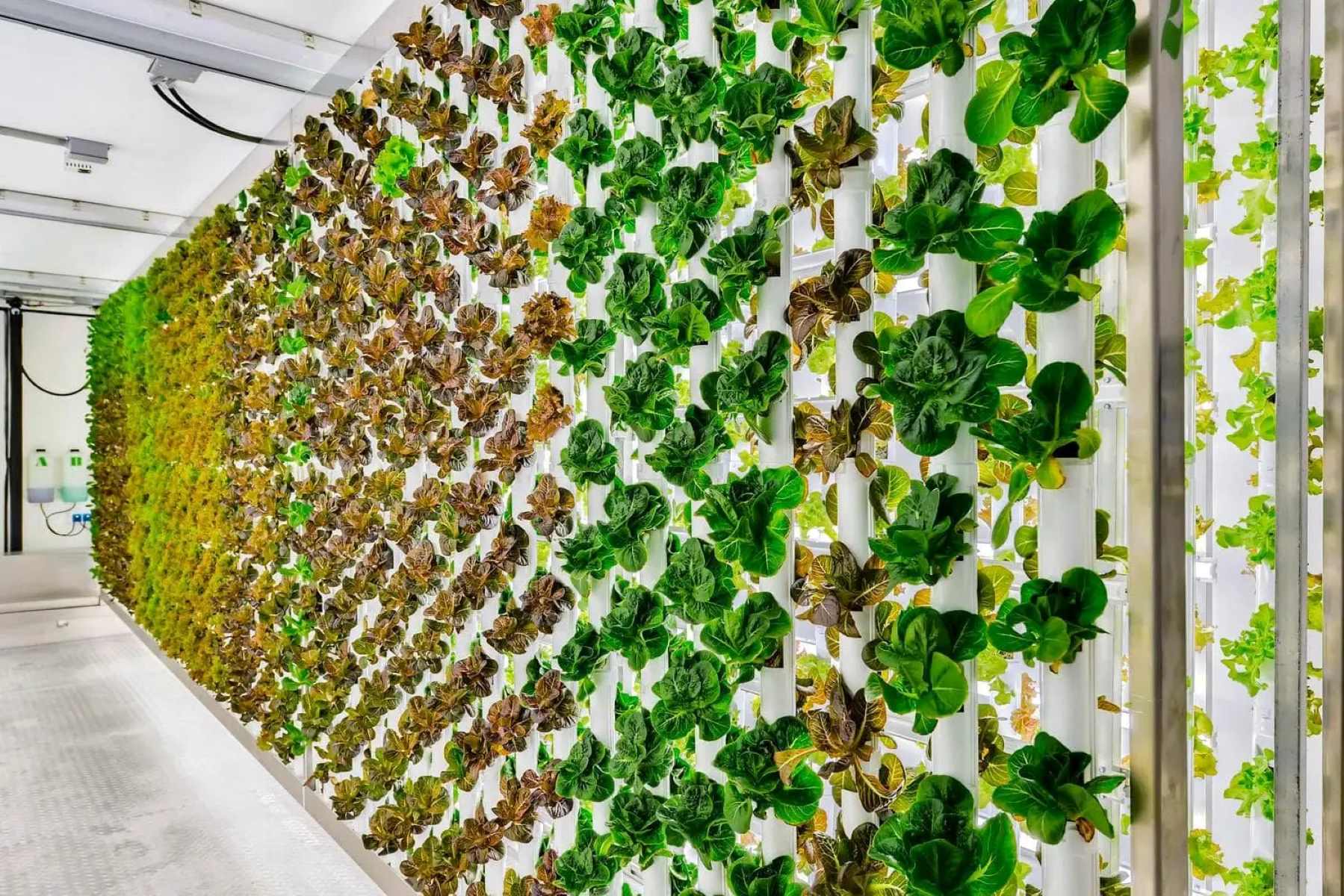
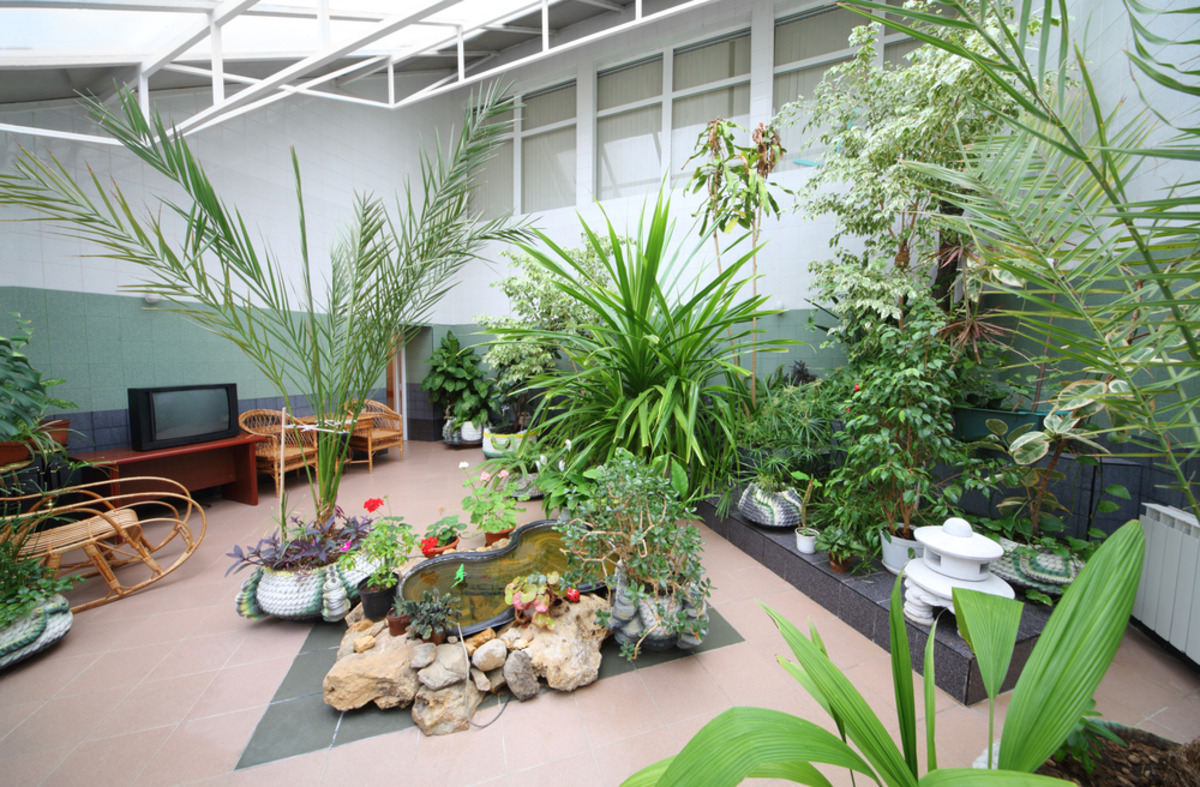
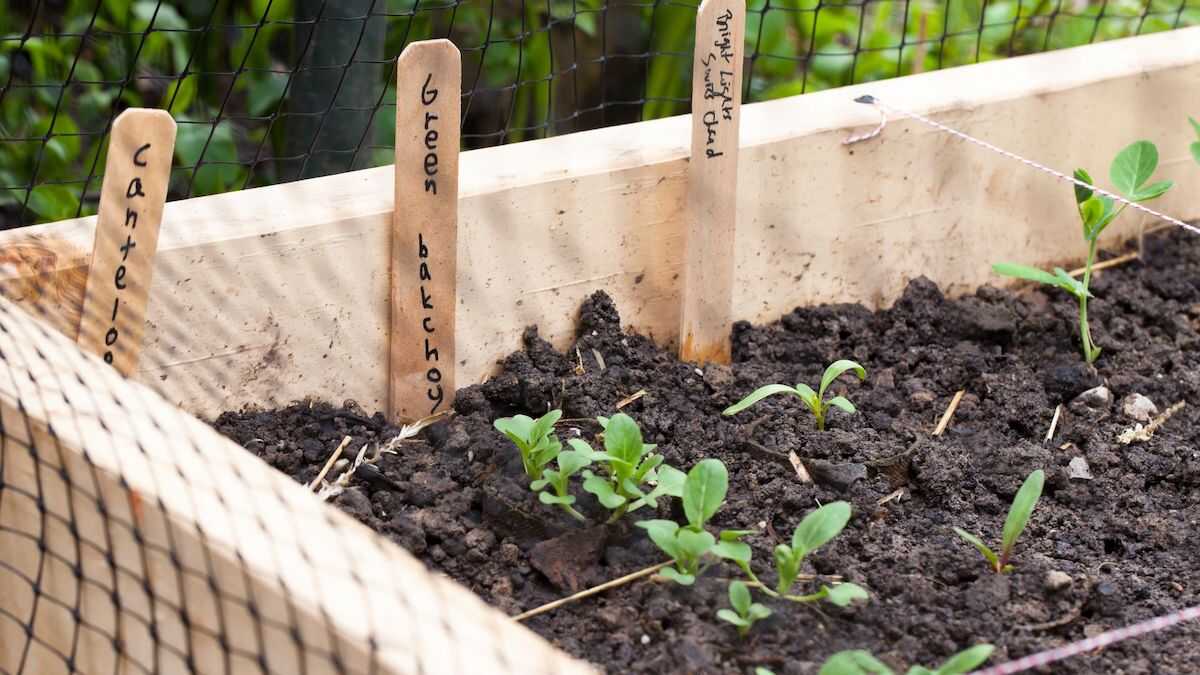
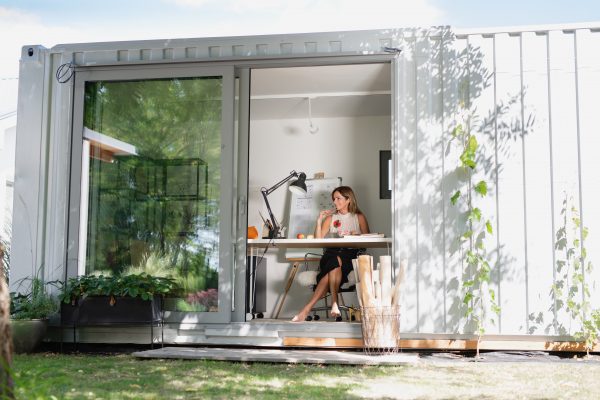

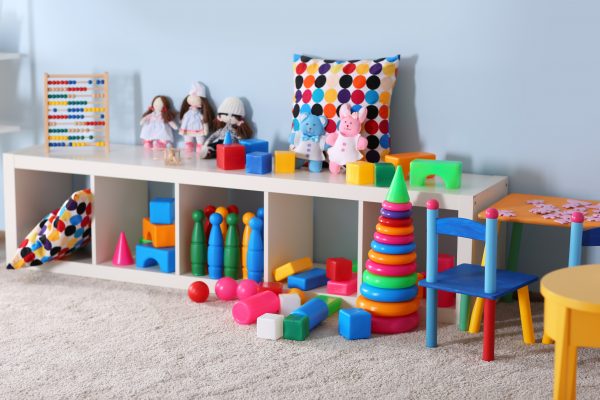

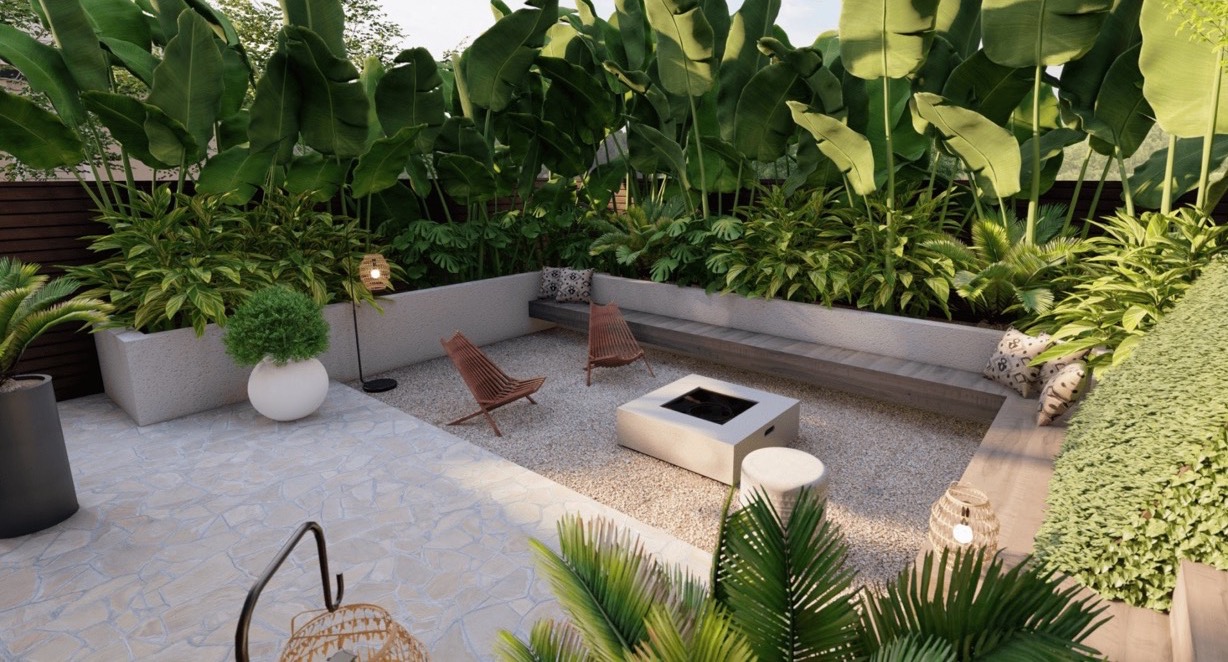
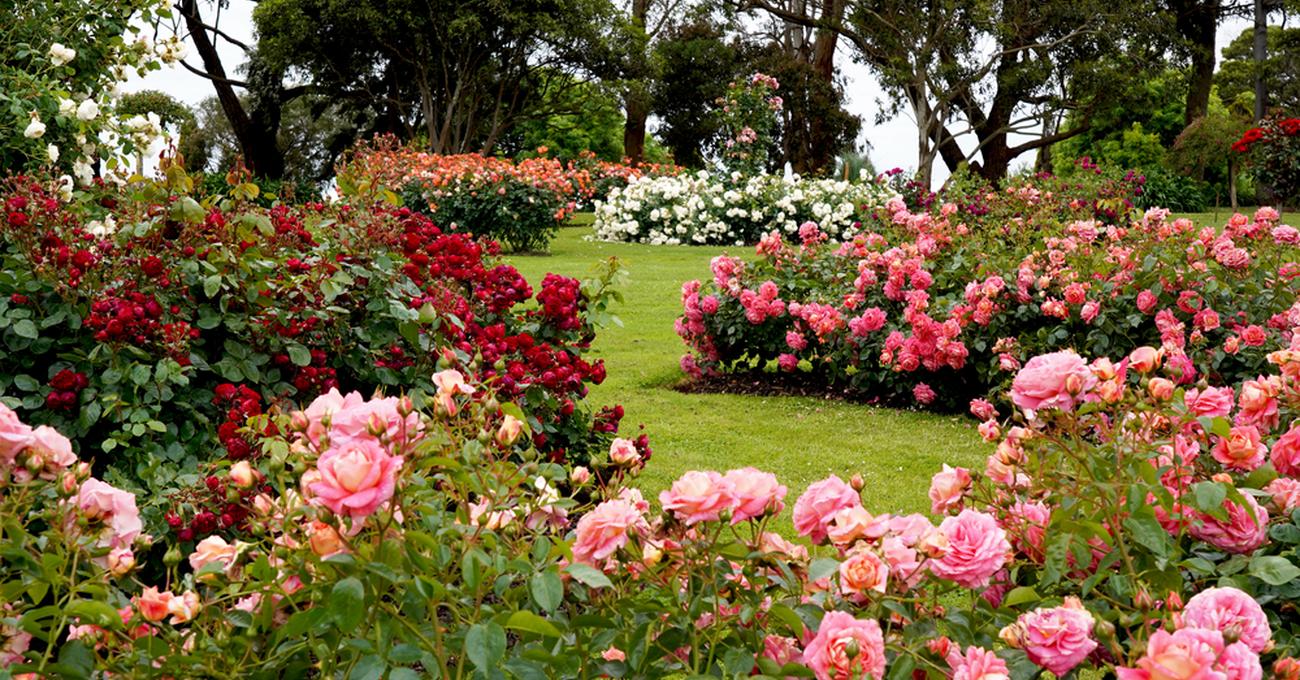



0 thoughts on “Sensory Garden Ideas: Create A Garden For All Five Senses”